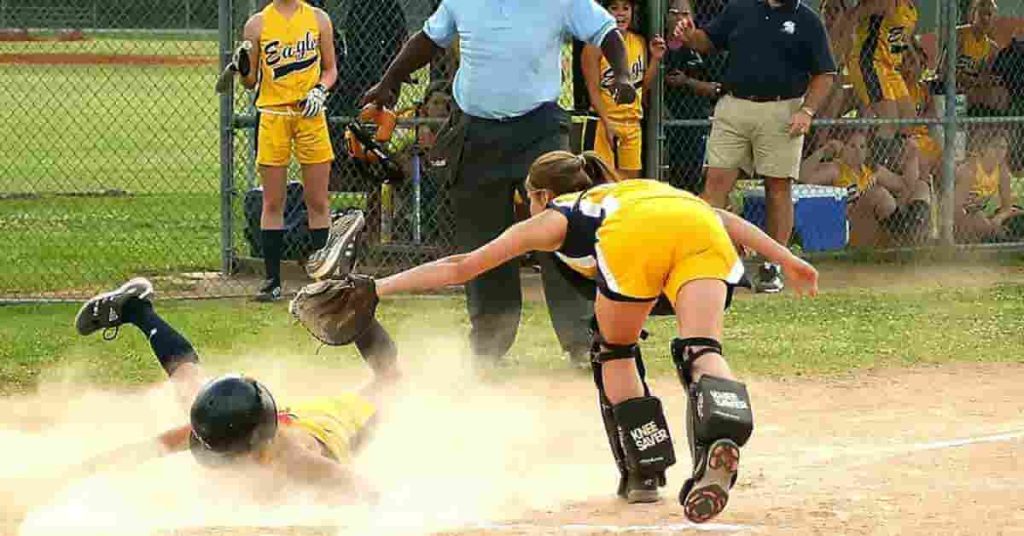
What is rolling a bat? Bat rolling is one of the most efficient ways to make your baseball or softball bat a lethal option. This process involves compressing and densifying the fibers in the bat, essentially making the trampoline effect in the bat better, in fact, much better. Bats break in differently. For those wanting to get the most power out of their game, the expedient route to improving their bat’s performance is through employing bat rolling.
In this post, we’ll discuss everything you need to know about bat rolling, including what it is, why you would want to do it, and the standard terminology and tools used in the world of rolling bats. This article is for all the bat rollers near me or for those looking for information on how to get their bat rolled.
What Is Rolling a Bat?
What does rolling a bat do? Rolling a bat is a process that accelerates the natural break-in process a bat undergoes over time from regular use. New bats are usually stiff and need to be broken in before they reach their optimal performance. Rolling it can significantly reduce the break-in time of a bat, typically loosening up an entire bat so it performs to its full potential.
This is where a composite bat roller, specifically designed for the job, comes in handy. The bat is inserted into the roller, and pressure is applied to imitate the contact against baseballs or softballs. After a few runs through the machine, the bat is said to be ”rolled”: to have been prepped for greater performance.
What are the Reasons for Baseball Bat Rolling?
There are a few reasons for players to get their bat heat rolling:
Better Performance:
Bat roller adds juice to the pop, allowing the ball to fire off the bat quicker, and you achieve the power and distance you desire.
Quick Break-In:
If you’re eager to have your bat hanging with the best of them, bat rolling gives you that result without needing hundreds of hits.
Not Legal in Every League:
Some leagues might be okay with rolling softball bats and composite bat rolling. Be sure to check your league rules before rolling your bat.

Bat Rolling Machines for Sale
Alternatively, for anyone considering doing bat rolling services themselves, buying a bat rolling machine is an excellent investment.Baseball bat rolling machine are constructed to compress your bat fibers to a point where they match up well with an expanded break-in time. If you want to roll your bats, whether for personal use or as part of a business, it is essential to find the best machine.
Is Rolling a Bat Illegal?
Whether they can be used in all leagues varies, as some leagues prohibit the use of rolled bats. Simply Verify Your League Rules: When using a baseball bat roller, ensure you comply with your league’s rules. Several formal leagues, such as the NCAA and Little League, have laws in place regarding the alteration of bats to ensure a fair game.
If you’re unsure whether bat rollers are legal in your league, to be cautious, consult your coach, league representative, or even the manufacturers of bats for guidance on the topic.

How to Find Bat Rolling Services Near Me
If you don’t want to purchase a baseball bat rolling machine, you can find local rolled bat service in your area. Several specialty shops and sports stores offer bat heat rolling as a service. Be sure to select a reputable service that takes precautions to avoid damaging your bat.
You can also search for local listings online or ask around on baseball and softball forums for recommendations.
Conclusion:
Bat rolling is a process used to break in composite, alloy, and hybrid bats, creating a larger and more responsive sweet spot. Whether you want to learn about baseball bat rolling, softball bat roller machines, or are simply searching for bat rollers, you will find what you’re looking for in this guide.
Before rolling slow-pitch softball bats, be sure to verify their legality in your league. The cost involved in rolling bats. If you are intrigued by the idea of moving your bats at home, you might consider purchasing a bat roller. Ultimately, bat rolling offers a more efficient method for breaking in a bat, allowing players to achieve full performance from it.
FAQ’S:
What does bat rolling do?
Bat rolling plays an important part in a player’s performance. It is a process that can add incredible distance to any softball or baseball bat, enhancing a player’s performance.
Is bat rolling illegal?
Rolled bats are prohibited in some leagues, so be sure to check your league’s rules.
Can I buy rolled bats?
Rolled bats for sale exist, but they are unlikely to be legal in most leagues.
How do bat rollers work?
A composite bat roller applies pressure to the bat, simulating the process of hitting balls to create compression in the bat’s fibers and accelerate the break-in process.
